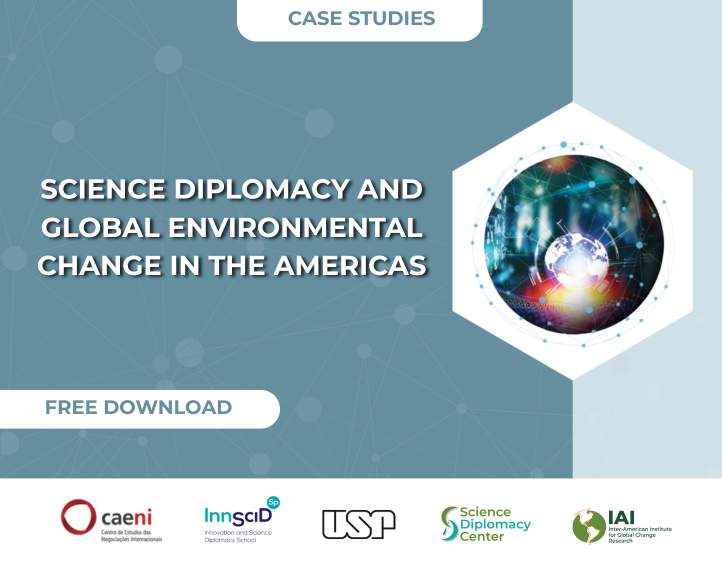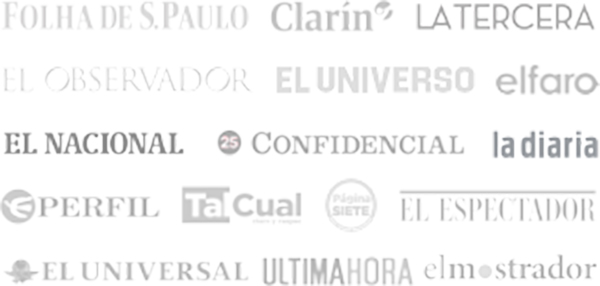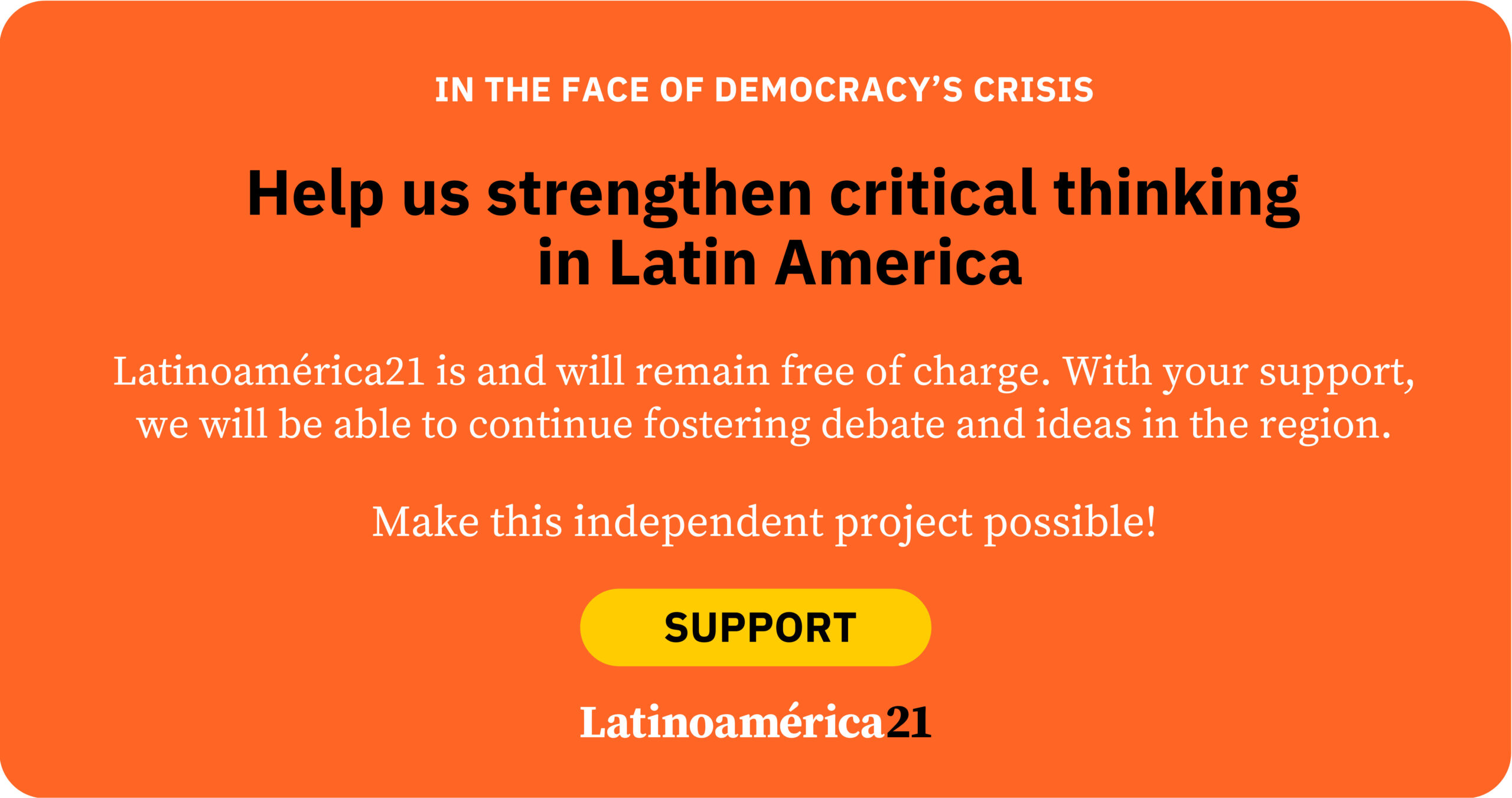“We cannot become what the people rejected,” declared Ecuadorian president Daniel Noboa during the national convention of his party, Acción Democrática Nacional (ADN), on September 6 in Guayaquil. The event, held at the Coliseo Arena Fedeguayas before 10,000 attendees, revealed the usual: plebiscitary style, cult of personality, centralized leadership and a chorus of legitimacy around the presidential figure.
What are the risks of repeating the same model and expecting different results?
Noboa insists that this entire display reflects a “new Ecuador.” However, his methods of social mobilization are anything but new. On September 11, he called for a march “for peace and justice” in Guayaquil, prolonging the mobilization he himself initiated on August 12 in Quito against the Constitutional Court.
National and international experience shows that these maneuvers reveal the preferences of presidents while weakening institutions. Although this time the march was not directed against the judiciary, it again displaced legitimacy from institutions to the streets and positioned the president as the protagonist of a mobilization against other branches of power.
Plebiscitary control in the coliseum and institutional weakening in the streets reflect a distinct political imprint: a president seeking to embody the people’s will personally and without mediation, in a weakened system of checks and balances. This trait, characteristic of regimes that concentrate extraordinary powers in the executive, exposes Noboa to the risk of becoming what he claims to fight against.
Hyperpresidentialism in Ecuador’s history
Hyperpresidentialism is defined as an institutional configuration that grants excessive powers to presidents, beyond democratic balances. The 1998 Constitution (a reform of the 1978 version) granted broad powers to the executive in the name of state modernization: the so-called neoliberal constitution. The 2008 Constitution also strengthened the presidency, but under the promise of redistribution within a statist model: the socialist constitution of the 21st century. In both cases, power concentration was justified with arguments such as “Ecuador is ungovernable” and “a strong leadership is needed.” Yet the remedy reinforced the same problem: hyperpresidentialism.
Ecuadorian history offers multiple examples. In the 19th century, Gabriel García Moreno established the “Christian Republic” with the infamous “Black Charter,” which allowed indefinite reelection and institutional submission, supported by the military and the clergy. Eloy Alfaro, at the turn of the 20th century, governed after overthrowing Luis Cordero, backed by the army and liberal militias and reshaped the Constitution to his advantage. José María Velasco Ibarra, president five times until 1972, declared himself constitutional dictator with military backing, repealing the prevailing order. Against this backdrop, one might ask: was Rafael Correa’s leadership truly novel? Are Daniel Noboa’s personalist gestures really different?
Correa convened a Constituent Assembly that drafted a Constitution tailored to his needs, redistributed offices at will, capitalized on the oil boom and declared a moratorium on foreign debt, which allowed him to inject resources into the economy. He also established a propaganda-driven state where the president was the producer of an “official truth.”
Noboa, on the other hand, lacks a constituent assembly, a patronage apparatus, or an oil boom. His strength lies in digital aesthetics, technocratic language and a security narrative. Yet the pattern repeats: the president as the central axis of politics, unifier of social causes and sole intermediary between society and power. Citizens once again remain passive spectators of the leader’s expansion.
Regional and global mirrors of hyperpresidentialism
Leaders like Nayib Bukele in El Salvador, Rodrigo Duterte in the Philippines and Alberto Fujimori in Peru implemented similar strategies: manipulating or intervening in the courts, suspending constitutional guarantees, using force and promoting security propaganda. Bukele dismissed judges and imprisoned thousands in questionable conditions; Duterte waged a “war on drugs” with extrajudicial executions; Fujimori dissolved Congress, intervened in the judiciary and enabled himself to stay in power. All enjoyed broad popularity while weakening institutions and amassing personalist power in the name of security or governance.
Confrontation with the judiciary is not exclusive to Latin America. Globally, it is known as court packing: political interventions designed to subjugate courts through the replacement of judges, institutional reforms, or political pressure.
Examples abound: in 1990, Carlos Menem in Argentina expanded the Supreme Court, accusing the judges of being “Alfonsinistas”; in 2010, Recep Tayyip Erdoğan in Turkey expanded the Constitutional Court; between 2015 and 2018, Viktor Orbán in Hungary and Jaroslav Kaczyński in Poland reformed constitutions and reshaped courts with loyal judges. Rafael Correa did the same in Ecuador beginning in 2009, stacking successive Constitutional Courts with aligned magistrates, even beyond his mandate.
The cases of Bukele, Duterte and Fujimori, along with other leaders, reveal the same outcome: greater institutional weakness, less democracy and more political abuses.
Is this the monster President Noboa claims to be destroying?
*Machine translation, proofread by Ricardo Aceves.













